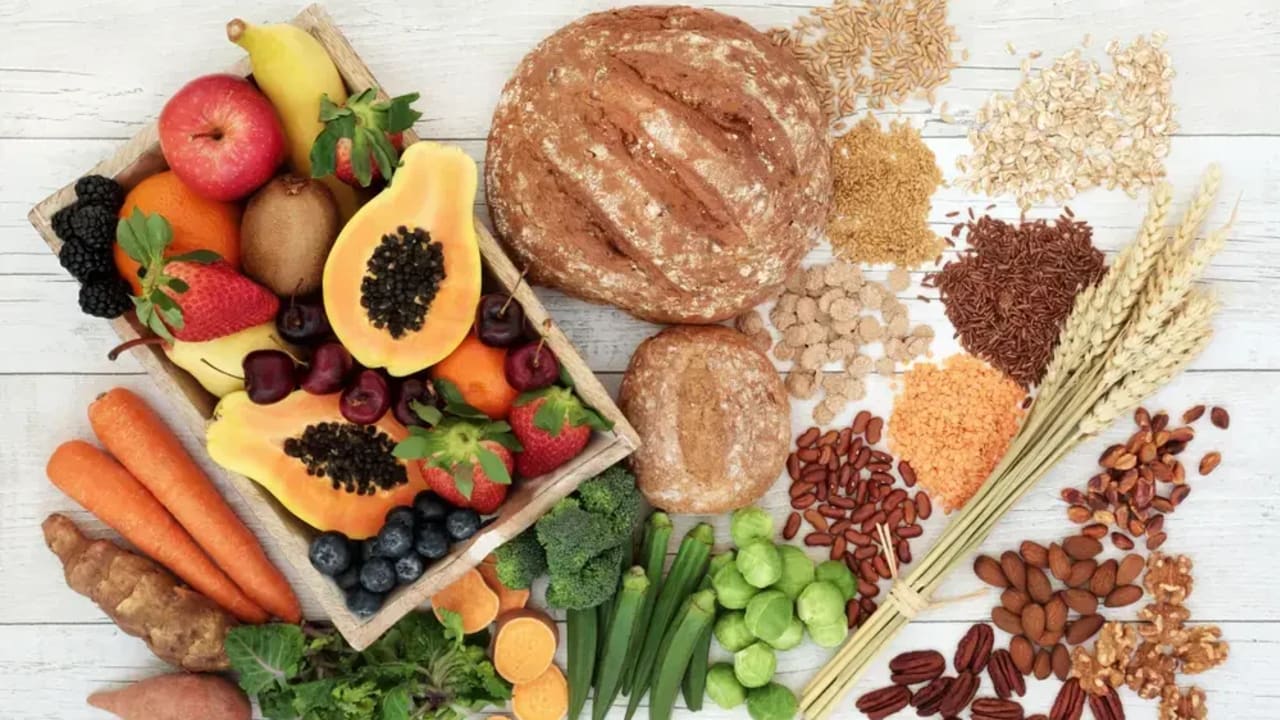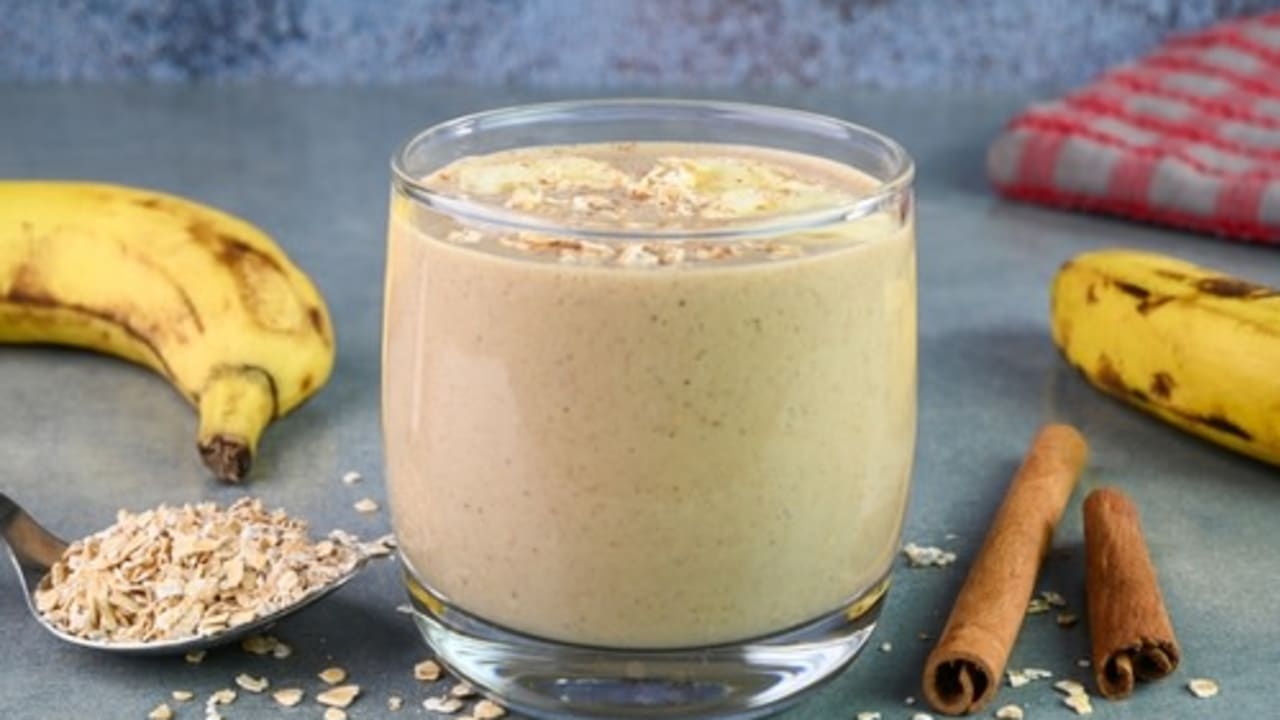Jerusalem Post
ByDR. MAYA ROSMAN
Unlike all the nutritional trends that are circulating – there is actually one that is very healthy – Fiber Boost. So why should you add dietary fiber to your menu?
One of the most prominent trends in the world of nutrition in recent years is Fiber Boost – a daily addition of dietary fiber. This is a trend backed not only by epidemiological data but also by dozens of studies pointing to the contribution of fiber to satiety, weight loss, digestive health, and maintaining balanced sugar and cholesterol levels.
Unlike "fashionable diets" that promise miracles, here we are talking about a simple habit that can truly improve health.
In a comprehensive review published in The Lancet, which included over 180 studies and more than 130 million person-years of follow-up, it was found that high consumption of dietary fiber was associated with a reduced risk of heart disease, type 2 diabetes, stroke, and even certain types of cancer.
What are dietary fibers really?
Dietary fibers are food components derived from plants that our body can hardly break down or digest. Unlike carbohydrates, proteins, and fats – they pass through the digestive system almost unchanged, but this is exactly where their power lies. Fibers absorb water, add bulk to the intestinal contents, and encourage proper functioning of the digestive system.
Beyond that, fibers have significant metabolic effects: they slow down the rate of sugar absorption into the blood after a meal, help reduce “bad” cholesterol (LDL) levels, and contribute to a longer-lasting feeling of fullness.
Some fibers also serve as “food” for friendly bacteria in the gut, thus supporting the microbiome – the world of bacteria living in our body that influences the immune system, metabolism, and even mood.
In a review article published in Nutrients, it was emphasized that adding fiber to the diet is associated with a reduced risk of metabolic syndrome and cardiovascular disease. The researchers noted that the effect does not stem only from satiety but also from the interaction between fiber and gut bacteria.
Why are dietary fibers so important?
Satiety over time
When dietary fibers are added to a meal, they cause the food to swell in the digestive system, slow down stomach emptying, and create a lasting feeling of fullness. Studies show that people who increase their fiber intake consume fewer calories overall, even without a strict diet. Therefore, Fiber Boost is considered one of the simplest tools to support weight loss or maintenance.
Digestive health
Water-soluble fibers create a gel-like texture that helps soften stool and regulate bowel movements, while insoluble fibers add bulk and help prevent constipation. Beyond that, fibers protect against intestinal diseases such as diverticulosis and even reduce the risk of colon cancer, as demonstrated in large population studies.
Heart health
Soluble fibers help reduce “bad” cholesterol (LDL) levels by binding to it in the intestine and preventing its reabsorption into the blood. A data analysis published in the American Journal of Clinical Nutrition showed that an addition of only 7 grams of soluble fiber per day reduced the risk of heart disease by about 9%.
Blood sugar balance
When eating fiber-rich foods, the sugar in them is released into the blood gradually and not all at once. The result is a more moderate rise in glucose levels, which reduces the load on the pancreas and contributes to better control of type 2 diabetes. A meta-analysis that included dozens of clinical studies showed that increasing fiber intake significantly improved fasting blood sugar levels and hemoglobin A1C.
Strengthening the microbiome
Fibers are the main food source for the good bacteria in the gut. When they “ferment” the fibers, they produce short-chain fatty acids (like butyrate), known to reduce inflammation, strengthen the immune system, and protect the intestinal lining. Today it is clear that the link between fiber and health does not pass only through the digestive system but also through the nervous system, the immune system, and even the brain.
Where can you find dietary fibers?
Dietary fibers are found in almost all natural plant-based foods – you just need to choose wisely.
Whole grains – whole wheat bread, oats, quinoa, brown rice, buckwheat, and barley. The difference between “whole” and “white” is significant: in white bread or white rice there is almost no fiber since the outer layer was removed during processing. By contrast, one slice of whole wheat bread can provide about 3 grams of fiber, and half a cup of cooked brown rice – about 2 grams.
Legumes – lentils, chickpeas, peas, and beans are among the most concentrated sources of fiber. Half a cup of cooked lentils contains about 8 grams of fiber – almost a third of the recommended daily amount for women. In addition, they also provide protein, iron, and zinc, making them a particularly important nutritional component.
Fruits – almost every fruit contains fiber, especially when eaten with the peel. A medium apple with the peel provides about 4 grams of fiber, a medium pear even more, and fresh or dried figs are especially rich.
Vegetables – broccoli, carrots, cauliflower, zucchini, red pepper – all contribute between one to two grams of fiber per half cup cooked. Broccoli, for example, is considered a “fiber champion” with about 5 grams per steamed cup.
Nuts and seeds – almonds, pecans, pistachios, chia, and flaxseeds – a small handful of about 30 grams of almonds already contains 4 grams of fiber. Chia seeds stand out in particular: 2 tablespoons contain about 10 grams of fiber, which is almost half the recommended daily amount.
How much fiber do you need per day – and how do you get there?
Official recommendations speak of a daily intake of at least 25 grams of fiber for women and about 30–35 grams for men. In practice, most Israelis reach only half this amount.
Studies conducted in Israel and around the world show that the average intake is around 15 grams per day only – far below the level associated with optimal protection against heart disease, diabetes, and obesity.
To maximize the health effect, experts recommend aiming even for 40 grams per day. It may sound like a high number, but when divided throughout the day – it is completely possible.
Here’s what it looks like in simple food terms:
Medium apple with peel – about 4 grams.
One cup of steamed broccoli – about 5 grams.
Half a cup of cooked lentils – about 8 grams.
A handful of almonds – about 4 grams.
One slice of whole wheat bread – about 3 grams.
A combination of several such foods a day already brings us to 25–30 grams, and adding another legume or a fiber-rich vegetable can easily raise intake toward 40 grams.
In other words: no need for supplements or special powders – it is enough to diversify the menu and stick to whole plant foods.
How to avoid bloating when adding fiber?
Despite the many health benefits, it is important to know that the body needs time to adjust to the increase in fiber. If you switch suddenly from a low-fiber diet to lots of legumes, vegetables, and whole grains – side effects such as bloating, gas, or abdominal discomfort may occur. To avoid this, it is recommended to gradually increase fiber intake over several weeks, and not “jump” all at once to 40 grams per day.
In addition, sufficient water intake is especially important – since fibers absorb fluids in the digestive system, and without enough fluids may actually cause constipation.
Here too, it is advisable to listen to the body: if a certain food – such as beans or cabbage – causes significant bloating, it can be replaced with other fiber sources like lentils, zucchini, or fruits.
A study published in the American Journal of Gastroenterology found that gradual fiber intake significantly reduced gastrointestinal side effects and improved tolerance over time. This way you can enjoy all the health benefits – without paying the price of discomfort.



















